Ski: Season Kin, 181 cm
Test Location: Crested Butte Mountain Resort & Keystone, Colorado
Days Skied: 10
Available Lengths: 163, 175, 181 cm
Blister’s Measured Tip-to-Tail Length (straight-tape pull): 179.2 cm
Stated Weight per Ski: 1900 grams
Blister’s Measured Weight per Ski: 1824 & 1843 grams
Stated Dimensions: 140-98-136 mm
Blister’s Measured Dimensions: 139.5-97.6-135.5 mm
Stated Sidecut Radius (181 cm): 15 meters
Measured Tip & Tail Splay (ski decambered): 61 mm / 62 mm
Measured Traditional Camber Underfoot: 6 mm
Core: karuba + fiberglass laminate
Base: sintered 7500
Factory Recommended Mount Point: -2.6 cm from center; 87.0 cm from tail
Boots / Bindings: Atomic Hawx Ultra 130 S GW; Tecnica Mach1 130 MV / Tyrolia Attack 13

Intro
The Kin is Season’s fourth ski, entering their lineup after the Aero, Nexus, and Forma. And while each of those skis has pretty straightforward intended purposes — firm snow, mixed snow, and soft snow, respectively — the Kin’s intended purpose, “all-mountain play” is a bit more vague.
We’ve been spending a lot of time on the Kin since it came out, and it’s now time for us to chime in on this unique ski. But first, let’s break down its design.
What Season says about the Kin
“An all-new twin shape, developed for all-mountain play. With a shapely geometry, smooth flex and full height twin tip, we developed the kin to be playful in all-conditions. Equipped with fast, seamless all-black bases, the kin’s construction is ideal for tuning, repairs, and longevity. Made in Austria, sized for intermediate to advanced skiers, young and old.”
Shape / Rocker Profile
The Kin has a nearly symmetrical shape, with fat tips and tails relative to its ~98 mm waist. It does not have much tip and tail taper; the widest points on the ski are pretty close to the extremities. And instead of being rounded off, the tips and tails are somewhat blocky, with flat edges at the ends.
Additionally, the Kin is quite rockered for its width class, too, and it features symmetrical tip and tail rocker and splay. Accompanying this rocker is a notable amount of camber, too, at 6 mm per ski on our test pair.
Flex Pattern
Here’s how we’d characterize the flex pattern of the Kin:
Tips: 6
Shovels: 6-6.5
In Front of Toe Piece: 6.5-8.5
Underfoot: 9.5
Behind the Heel Piece: 9.5-8
Tails: 7.5-6
Overall, the Kin is a pretty soft ski with a round / nearly symmetrical flex pattern. Its extremities are easy to bend, though there is a solid portion of the ski near the middle that’s pretty stiff. The back half of the ski is slightly stiffer than the front half, but the tip and tail are similarly soft at the very ends.
Sidecut Radius
This is another significant aspect of the Kin. The 181 cm Kin has a stated sidecut radius of 15 meters, which is pretty tight; it’s clear that this ski is designed to carve tight turns.
Mount Point
The Kin is nearly symmetrical in many ways, so it makes sense that its recommended mount point is -2.6 centimeters behind the true center of the ski. Season has also printed several other points of reference on the top sheet of this ski, pointing out the true center, as well as points +2, +1, -1, -2, and -3 cm from the recommended line.
Weight
At under 1850 grams for the 181 cm length, the Kin is a fairly lightweight ski, though not super out of the ordinary in this regard. For reference, here are a number of our measured weights (per ski in grams) for some notable skis. Keep in mind the length differences to try to keep things apples-to-apples.
1707 & 1752 4FRNT Switch, 184 cm (21/22–22/23)
1781 & 1795 Atomic Maverick 100 Ti, 180 cm (21/22–22/23)
1807 & 1840 Atomic Bent 100, 188 cm (18/19–22/23)
1808 & 1823 Shaggy’s Ahmeek 95, 180 cm (21/22)
1824 & 1843 Season Kin, 181 cm (21/22-22/23)
1896 & 1942 K2 Reckoner 102, 184 cm (20/21–22/23)
1925 & 1934 Black Crows Camox, 186.5 cm (19/20–22/23)
1929 & 1982 Faction Mana 2, 183 cm (22/23)
1933 & 1943 Norse Enduro, 188 cm (20/21–21/22)
1936 & 2013 Salomon Stance 96, 182 cm (20/21–22/23)
1938 & 2003 Nordica Unleashed 98, 186 cm (22/23)
1960 & 1962 Majesty Dirty Bear XL, 186 cm (22/23)
1970 & 1993 Moment Deathwish 104, 184 cm (21/22–22/23)
1973 & 1997 Volkl Revolt 104, 188 cm (21/22–22/23)
1976 & 2028 Parlor Cardinal Pro, 182 cm (19/20–21/22)
1985 & 2006 Parlor Cardinal 100, 185 cm (16/17–21/22)
1998 & 2044 4FRNT MSP 99, 181 cm (17/18–22/23)
1999 & 2060 Line Blade, 181 cm (20/21–22/23)
2010 & 2023 Moment Commander 98, 182 cm (20/21–22/23)
2022 & 2046 DPS Foundation Koala 103, 184 cm (21/22–22/23)
2024 & 2112 Dynastar M-Free 99, 185 cm (21/22–22/23)
2043 & 2089 Volkl M6 Mantra, 177 cm (21/22–22/23)
2049 & 2053 Whitedot Altum 104, 187 cm (19/20–22/23)
2054 & 2063 Salomon QST 98, 189 cm (21/22–22/23)
2074 & 2088 Line Blade Optic 104, 178 cm (22/23)
2077 & 2096 Line Blade Optic 96, 184 cm (22/23)
2089 & 2105 Nordica Soul Rider 97, 185 cm (15/16–21/22)
2120 & 2134 Blizzard Rustler 10, 188 cm (19/20–22/23)
2128 & 2186 J Skis Masterblaster, 181 cm (21/22)
2165 & 2186 Wagner Summit 97, 182 cm (21/22–22/23)
2178 & 2195 Volkl M6 Mantra, 184 cm (21/22–22/23)
2218 & 2244 Volkl Mantra 102, 184 cm (19/20–21/22)
2230 & 2290 Line Blade Optic 104, 185 cm (22/23)
2281 & 2284 Blizzard Bonafide 97, 177 cm (20/21–21/22)
Now, onto how all of this translates on snow:
FULL REVIEW
Groomers
Dylan Wood (5’10.5”, 155 lbs / 179 cm / 70 kg): With its tight radius and soft flex pattern, the Kin is a fun carver. It’s quite easy to tip this ski over and bend it into tight turns, and it’s possible to do so at pretty slow speeds and on trails that aren’t very steep, such as “green” groomers.
The Kin does carve best from a centered, balanced stance, though. Its short and soft shovels are easy to overpower if you try to drive them hard in a carve. The flip side of this is that the Kin carves (and skis) really well switch, too.
Additionally, I rarely found myself wishing for more edge hold out of the Kin, but it’s not the best in this regard when it comes to ~95 mm underfoot skis. To be clear, it’s an excellent carver in the all-mountain freestyle or park class, but a ski like the Volkl M6 Mantra still offers more edge grip on ice.
But overall, the Kin really stands out on piste due to how easy it is to carve tight turns on, and it can offer a lot of excitement on even the mellowest groomers.
Luke Koppa (5’8”, 155 lbs / 173 cm, 70 kg): Agree 100%. The Kin is a blast to carve, though if you’re a directional skier who’s accustomed to skis with more rearward mount points, it’ll likely take a few runs or days to adapt to the more centered stance the Kin encourages. Once you do, though, it’s a blast on any groomed slope. Along with skis like the Black Crows Mirus COR and Line Blade, it’s one of my favorites for early season laps when the low-angle “White Ribbon of Death” is all that’s on offer, since the Kin is engaging and fun even at slower speeds. On steeper, firmer slopes, I have to keep my speed a bit more in check than I would on a stiffer ski with a longer sidecut radius, but this is also just a great excuse to work on my tight turns and really make the most of the vert.
Moguls, Trees, and Tight Terrain
Dylan: On one hand, the Kin has a tight radius and not much tip or tail taper. And on the other, it’s pretty rockered for its width, and is fairly light, too. The result is a maneuverable ski in tight terrain, but a ski that accomplishes that somewhat unconventionally.
When skiing around with the bases mostly flat on the snow, the Kin is quite easy to pivot and slide around. And given its weight, it also feels quick and nimble, but I will say that it does have a somewhat high swing weight relative to its low overall weight.
Get the Kin on edge in tight terrain, and it will carve across the fall line easily, similarly to how it behaves on piste. When done intentionally, this can definitely help this ski feel quite maneuverable, allowing the skier to make quick changes of direction in tight spots. But when done unintentionally, the Kin can feel “hooky.”
So, the Kin is certainly a quick and maneuverable ski in tight terrain and bumps, but it’s also one that requires that you pay attention to your edge angles.
Luke: Yep — when I first took the Kin off piste, I found it a little more eager to be on edge and carve across the fall line than I’d like. If I got backseat, its tails would sometimes hook into moguls, but once I got more accustomed to the ski, I really enjoyed leveraging its tight radius to carve through more open mogul and tree lines, while still being able to pivot, slide, and slarve when I needed to. And between its lively flex pattern, low swing weight, and tight sidecut radius, it makes it really fun to ski bumps and trees with a dynamic style where you’re trying to carve and pop off every little lip.
Soft Chop and Powder
Dylan: The Kin feels like it’s mostly designed for 2-dimensional snow, but it’s pretty fun in soft snow, too. And the more consistent the soft snow is, the better.
In powder, the Kin’s soft, fat tips plane above the surface nicely, and this ski also feels pretty loose and maneuverable. It can feel hooky in deep snow in steep terrain, though, which isn’t a huge surprise, given how soft it is and how tight its radius is.
In set-up chop, the Kin’s low weight and soft flex pattern also become apparent; this ski does get knocked around quite a bit. It isn’t ideal for charging through soft chop, but taking a slower approach to chop does feel much better.
Luke: In light pow, the Kin is a lot of fun, though the hookiness Dylan mentioned can be more of a factor in heavier snow. Given how much I enjoy the Kin on firm snow, its performance in deep snow isn’t a big priority in my mind. I’d still happily take it out on a ~6” / 15 cm day and have a blast carving and slashing the fresh snow, but I definitely prefer a stiffer, longer-radius ski for skiing chop; the Kin’s tips and tails can start to feel pretty floppy / unsupportive when trying to make big, fast turns in chopped-up snow.
Slush
Dylan: Consistent slush with a nice base underneath can be a really fun environment for a playful ski (or any ski, really), and this is true of the Kin as well. While the Kin struggles a bit skiing fast in soft chop, it feels much more at home in slush.
It’s easy to slide and slash around on, but also fun to carve up some corn on edge. The inherent suspension of slush masks this ski’s low weight, and the Kin is a ton of fun to ski very playfully in these forgiving conditions. It still isn’t the best for charging through slush, but if your goal is skiing playfully, it’s a great tool.
Luke: Yep, agreed.
Firm Crud
Dylan: This is another place where the Kin struggles a bit, but this is not a big deal, given that the Kin certainly isn’t designed to be a variable-conditions charger. It feels harsh on firm, variable crud, but it can be slid and pivoted around easily to find better snow elsewhere.
Luke: Yep, don’t buy this ski if you’re trying to prioritize stability at high speeds in rough snow. It’s a ski that makes more moderate speeds a ton of fun, but it doesn’t feel very composed when you start running into stuff at faster paces.
Park / Freestyle / Playfulness
Dylan: The Kin is playful in just about every interpretation of the word. It’s soft and easy to bend, which makes butters, presses, ollies, and nollies all quite accessible. It’s really fun to mess around on at slower speeds, and it’s also fun to carve between hits or integrate tight carves into your tricks.
The Kin is also quite loose, at least most of the time. Given how tight its radius is and how little taper its tips and tails have, the higher the edge angle, the less loose it feels. But skiing with bases flat, the Kin can be slashed around quite easily.
Despite its swing weight being relatively high, compared to its actual weight, the Kin still feels light overall and easy to throw around in the air. It’s not the most nimble when spinning very quickly, but it feels super balanced in the air and is easy to get off the snow. As I mentioned earlier, the Kin also skis switch super well and is really fun to carve skiing backward.
I would say the Kin feels more oriented toward smaller features and slower speeds, though. On bigger jumps, its shovels and tails can lack some support when coming back to earth. But overall, the Kin is a really playful ski, especially if you prioritize a soft, balanced ski that loves to carve tight turns.
Luke: Dylan nailed it.
Mount Point
Dylan: I think the mount point is pretty dialed for the Kin’s intended purpose. It does require a centered skiing stance, but as I mentioned earlier, the Kin is also a very balanced ski in the air and it skis forward just about as well as backward.
I also tried the Kin 2 cm forward of the line (about 0.6 cm behind the true center), and this mount point could work quite well for folks who have experience with center-mounted skis and will be using the Kin as a freestyle/park ski.
Luke: I ended up getting along fine with the Kin with it mounted on its recommended line; this isn’t a ski that I think you can magically turn into a directional one by moving back several centimeters. Instead, I think it’s best to ski it how it is designed to be skied and take full advantage of the playful, centered style it encourages.
Who’s It For?
Dylan: Skiers looking for a playful, maneuverable, lightweight ski that loves to carve tight turns. The Kin is certainly no charger, but what it lacks in stability and dampness, it makes up for in playfulness.
Skiers looking for something easy and fun to take all over the mountain have good reason to consider the Kin, and so do skiers looking for a playful, jibby park ski. Directional skiers may struggle with the Kin’s centered mount point and round flex pattern, but assume a more centered stance and freestyle approach, and the Kin feels very intuitive.
Bottom Line
The Season Kin brings exciting carving performance to a soft, agile, and very freestyle-friendly package. If you’re looking to make the most of lower speeds and mellower terrain, it warrants a close look, and it can make for an excellent addition to any skier’s quiver if you’re looking to switch things up a bit.
Deep Dive Comparisons
Become a Blister Member to check out our Deep Dive comparisons of the Kin to see how it compares to the Season Aero ski, Season Nexus ski, Black Crows Mirus COR, Line Sir Francis Bacon, K2 Reckoner 102, Line Blade, Line Blade Optic 96, Faction Mana 2, DPS Koala 103, Whitedot Altum 104, Volkl Revolt 104, Majesty Dirty Bear XL, Nordica Unleashed 98, Black Crows Camox, Dynastar M-Free 99, Salomon QST 98, K2 Mindbender 99Ti, Norse Enduro, Atomic Bent 100, J Skis Masterblaster, and 4FRNT Switch.

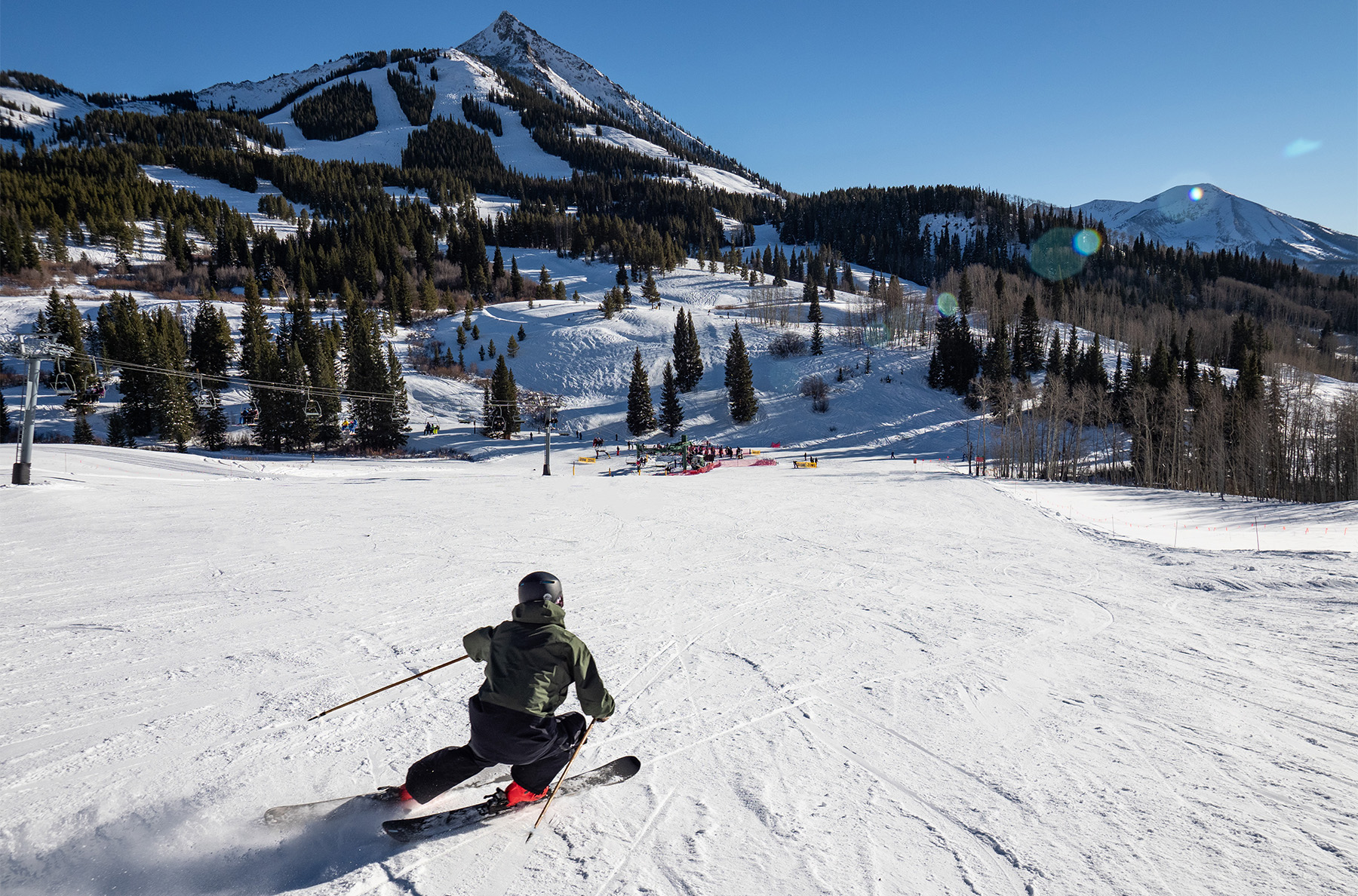



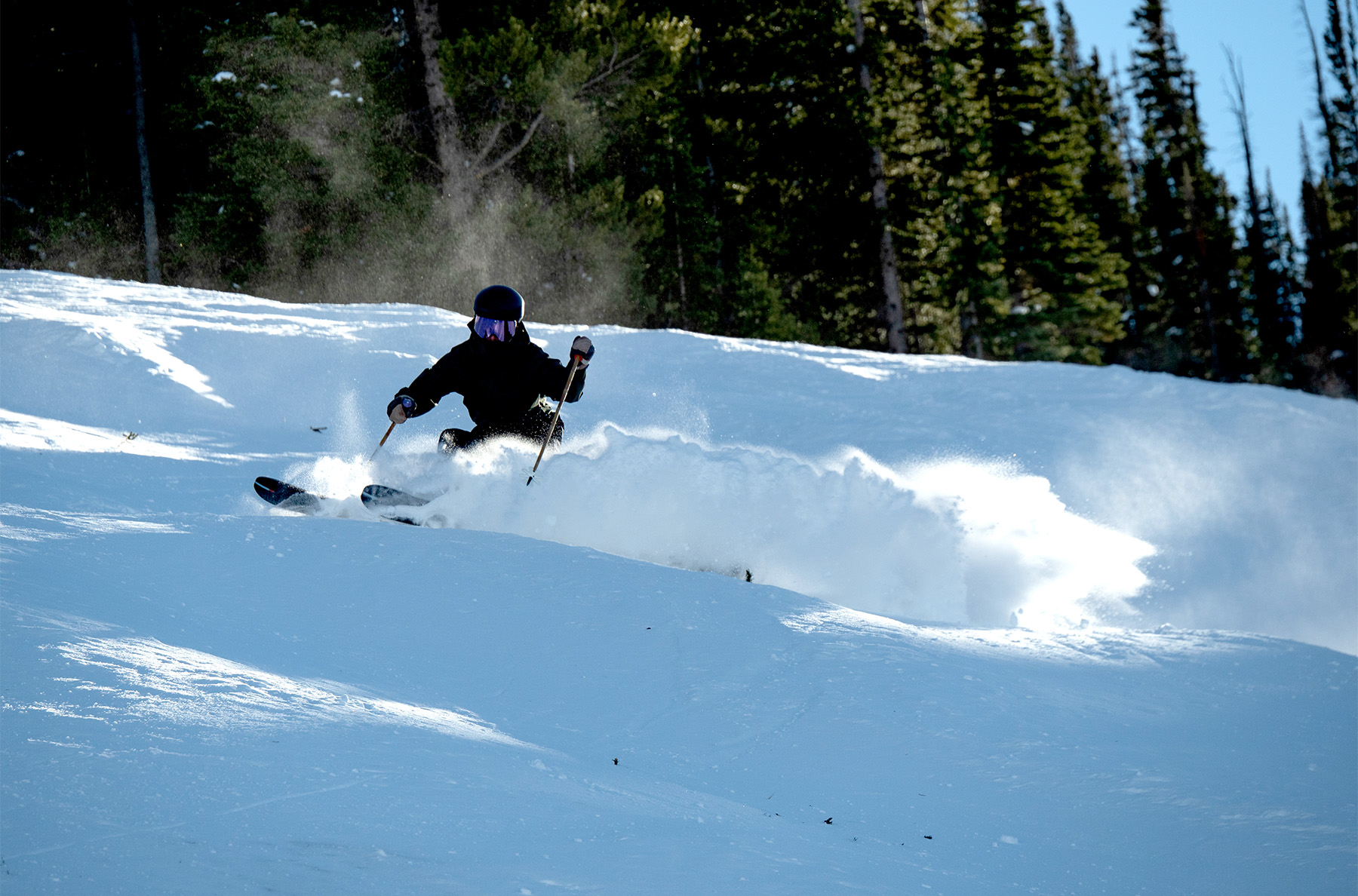
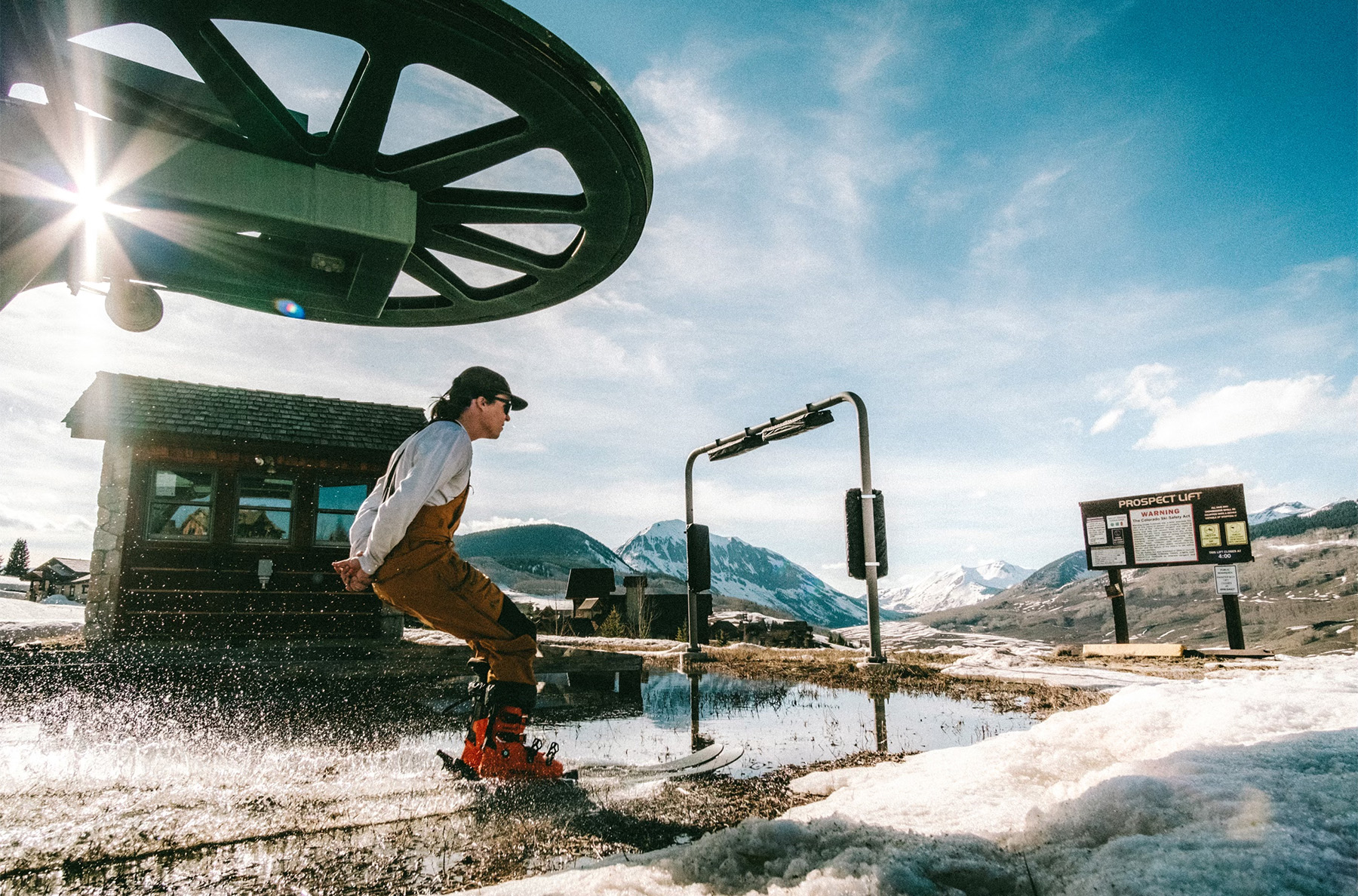
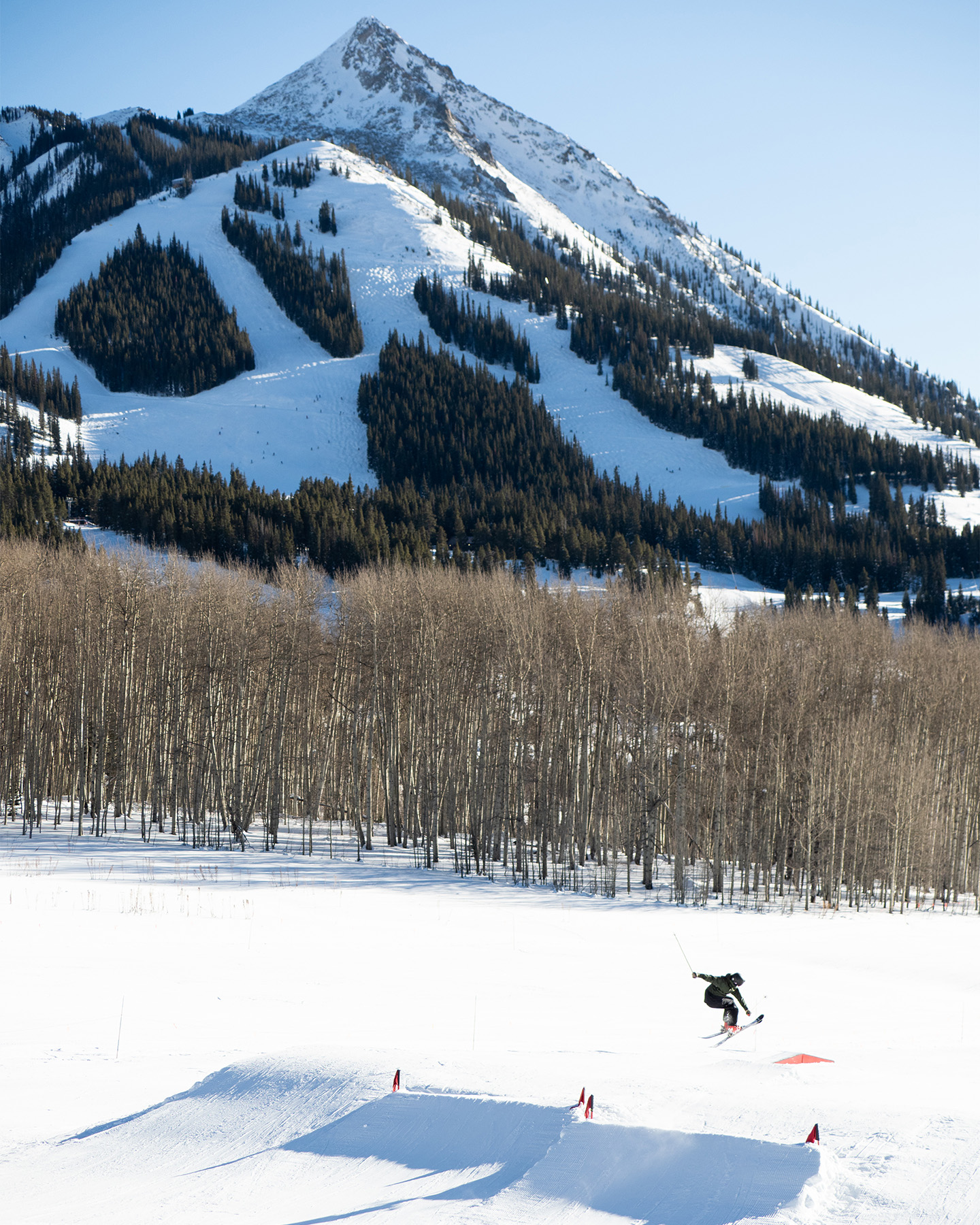
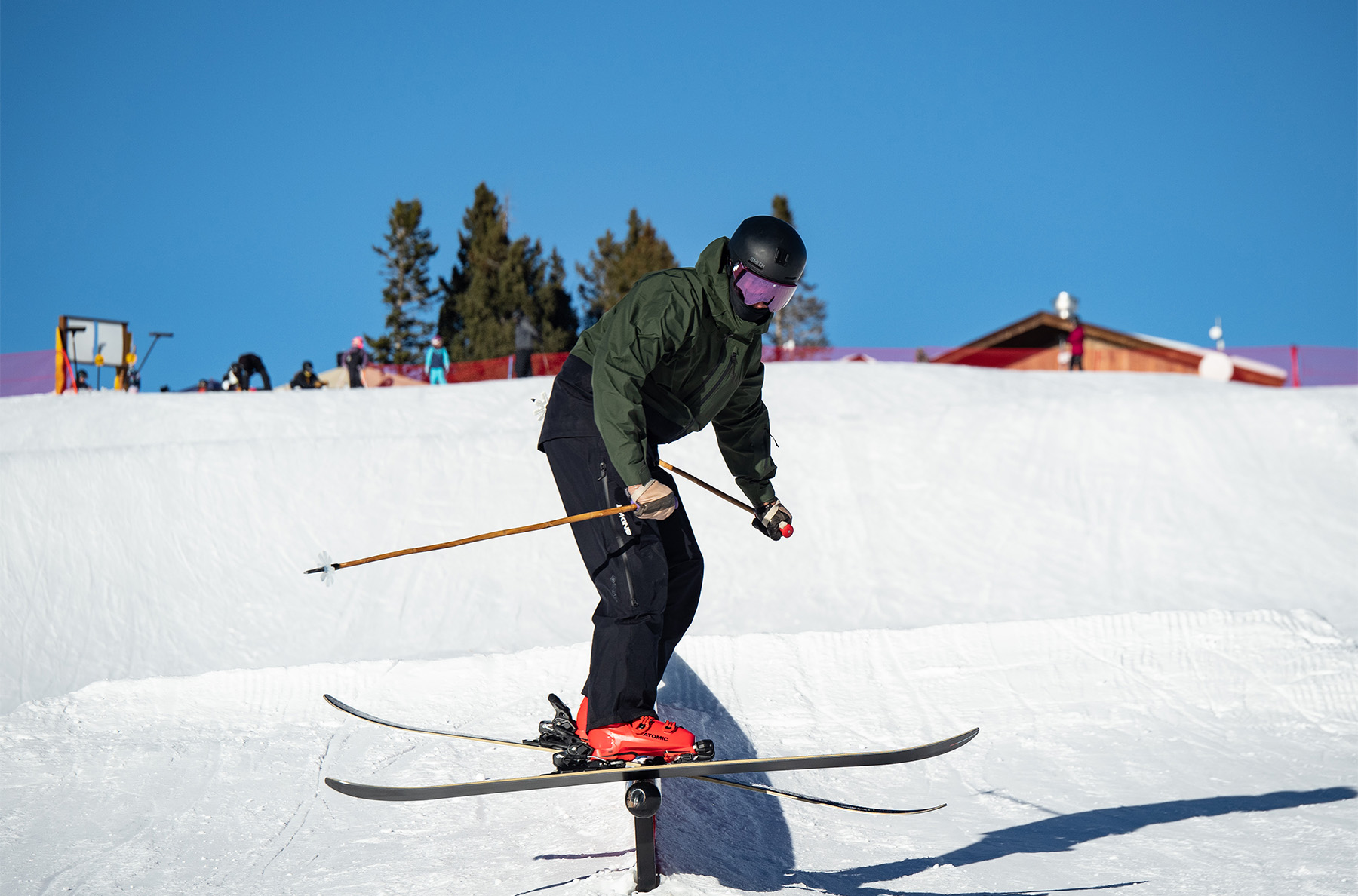
My favorite ski. At a great price point too. Almost everyday I’ll end up going back to the car to bust out these bad boys. Especially when things get tracked out. Shines in firm snow.
Crazy fun ski to carve. The tight turn radius and deep flex launches you out of a turn at such a nice pace that just makes it even more fun to link it into the next.
Have anyone feedback on how the Kin behaves vs Reckoner 102 and have any feedback on how the two skis perfom on and offpiste in different conditions vs each other?
Cheers
Hey Carl, comparisons like this are exactly why we produce our Deep Dive articles. The Deep Dive comparison article for the Kin is linked above, and it includes a direct comparison to the Reckoner 102. Become a Blister Member to read this Deep Dive and much, much more.